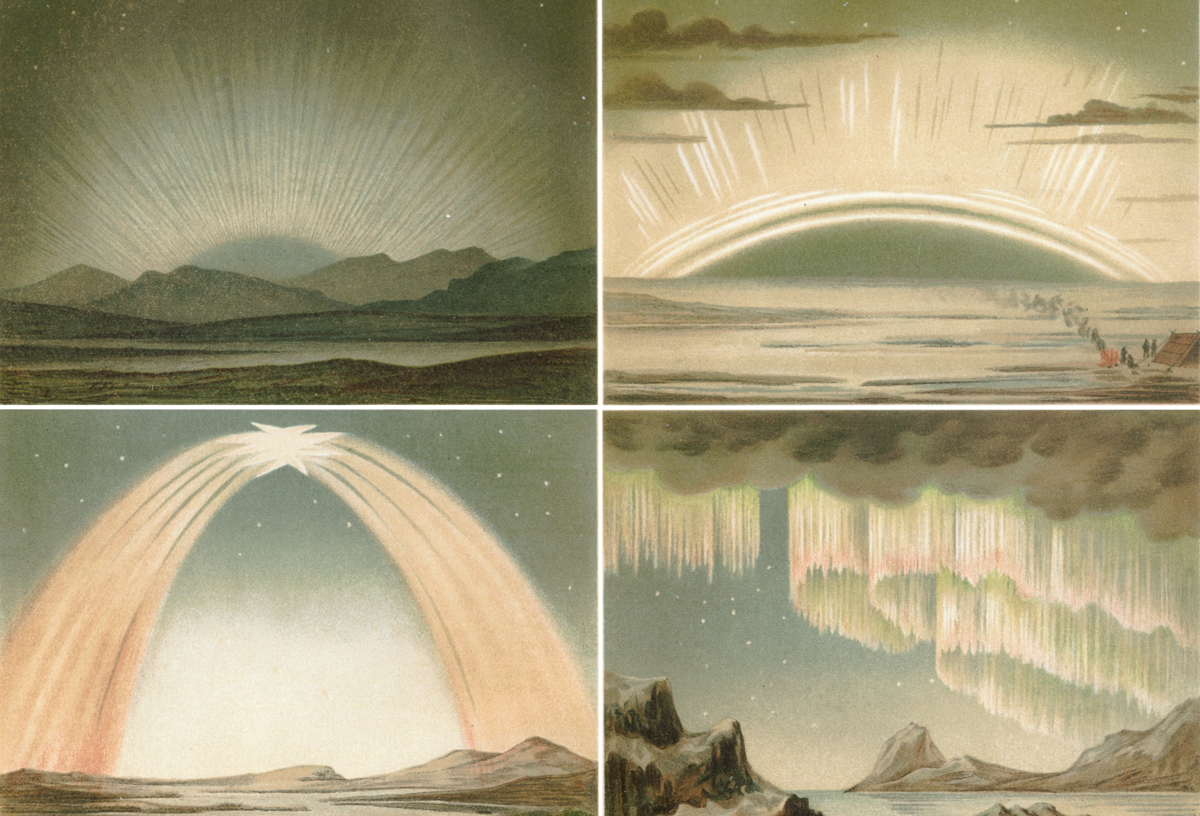A 2022 grant cycle funded partnerships between nonprofit organizations and researchers to mitigate climate hazards in underserved communities. A new study looks at lessons learned from the ventures.
Rebecca Owen
Atmospheric Effects of Hunga Tonga Eruption Lingered for Years
A new study builds on previous research of the underwater volcano’s effects on the climate.
Amazonian Drought May Have Long-Lasting Effects on Carbon Cycle
Dry conditions stemming from the 2015–2016 El Niño caused significant carbon loss.
¿Qué tan líquida es esa lava?
Un nuevo dispositivo ayuda a los científicos a medir la viscosidad de la lava durante los derrames activos.
Tree Mortality May Lead to Carbon Tipping Point in the Amazon by 2050s
A new study suggests drought conditions in the Amazon rainforest over the rest of the century.
Modeling Earth Systems at a Quintillion Calculations per Second
I SCREAM, you SCREAM, we all SCREAM for faster climate modeling.
Let’s Get Geophysical: Tracking the Evolution of AGU Journal Article Titles
A new study catalogs the most frequently used words in the archive of AGU journal article titles and considers the story these words tell about the evolving fields of Earth and space sciences.
Alexander Farnsworth: Finding Fact in Climate Fiction
A paleoclimatologist uses his modeling skills for both science and sci-fi.
Mantle Upwelling May Have Triggered Morocco Earthquake
Researchers glean new information about the deep origins of a deadly event.
Watching and Listening for Signs of Slope Failure
Ten years of data preceding a rockfall in the French Alps suggest the need for more comprehensive monitoring systems.










